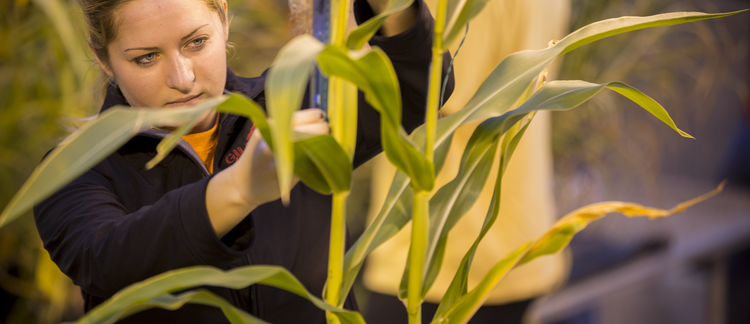Abstract
Growing soybeans in narrow rows compared to 30 in. rows has been shown to improve yields in certain studies. Reasons given for this include increased sunlight interception by the crop canopy and increased competition of the soybeans against weed populations. Other studies conducted have resulted in yields where 30 in. rows have been equal to or greater than narrow rows. The first objective in this two-year study was to assess and compare the differences in 30 in. and 10 in. soybean rows for northeast Iowa.
Due to the rising costs of soybean seed, seeding rates are being scrutinized by farmers, agronomists, and agribusinesses that work with them. The goal is to have enough plants per acre to attain 100 percent of the yield potential, while still making it economically viable. Research conducted by Palle Pedersen, former Iowa State University extension soybean specialist from 2003 to 2006, supports that a final plant stand of about 100,000 plants/acre is enough to “maximize yield and economic return.” The second objective in the study was to compare and assess several planting populations.
How to Cite:
Basol, T. L. & Pecinovsky, K. T., (2014) “Effect of Plant Population and Row Spacing on Soybean Yield”, Iowa State University Research and Demonstration Farms Progress Reports 2013(1).
Downloads:
Download pdf
View PDF
227 Views
86 Downloads

